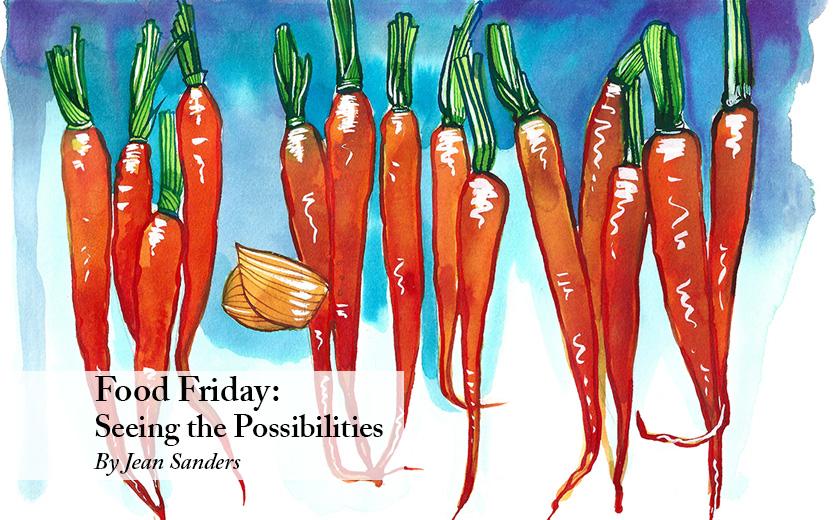Spring is on the horizon. There are crocuses shyly inching their way up through the fallen leaves – little puddles of color waiting to be discovered in the back yard. In the front yard, yellow daffodils are poking their heads up in the flower beds. Standing on the front porch, with the morning sunlight falling at just the right angle, for just a minute, I can see a glimmer of pink on the redbud tree in the neighbor’s yard. Soon it will be time to get back into the garden. I can hear the siren song of seeds and I’m ready to start spending time outdoors again.
The combination of COVID quarantines and a long, cold, dark winter probably has everyone on edge – waiting impatiently for the last of the snow to melt, and to feel sun on our faces. There are likely to be crowds at the garden centers this weekend. Before we start planting those fragile annuals, those nasturtiums and morning glories, those tomato plants, those containers of blowsy spring blossoms, we should remember that is is still winter, and there is every chance that it’s not through with us yet. And that we should be grateful for what we have now.
Like beans and sour dough bread, long-shelf-life-carrots were a lockdown fave. We always had a drawerful of carrots, like the anxious rabbits we had always suspected we were. Now, as COVID is loosening its grip on us, we have been going for lots of color, food-wise: bright red strawberries and deep azure blueberries. Glistening scarlet radishes and the gem tones of multi-colored cherry tomatoes. And those vividly colored, reliable carrots, which have been a stable staple in every lunch box, salad bowl and crudité platter for every Zoom cocktail party. Antioxidants, vitamins and beta carotenes galore!
Like potatoes, carrots are adaptable and versatile. Look at a display in any grocery store, and you will find classic orange carrots and a plethora of carrot variations: chips, baby carrots, whole carrots, organic carrots, purple carrots, Lunar White Carrots, Solar Yellow Carrots, Cosmic Purple Carrots and Atomic Red Carrots. There are also frozen carrots, but one wonders why.
You can slice, dice or cube carrots, juice them, shred them, boil them, grill, roast or braise them. Put them in soup, make carrot soup, shred and use in a cake, or in meatballs, or in meatloaf. The number of ways to use carrots is exhausting, as is the number of varieties: https://www.homestratosphere.com/types-of-carrots/
The orange-colored carrot originated in the Netherlands. On my only trip – so far – to Amsterdam I had a bowl of carrot soup – which was a mind-blowing experience to someone so unworldly, who was used to only eating carrots raw. When my first friend to be married served a carrot wedding cake, we were astounded by her originality. Today we are just so sophisticated and open to innovation. Now there are dozens of ways to use carrots once we start to think creatively. Carrots aren’t just a root vegetable that we store and use as winter fuel. With spring on the horizon, carrots can liven up our moribund meals. Add some color to your diets. Maybe you should plant carrot seeds. Spring beckons!
Bon Appetit has dozens of carrot-worthy ideas: https://www.bonappetit.com/recipes/slideshow/carrot-recipes
As ever, Food52 knows exactly what to do with your fridge-ful of carrots: https://food52.com/blog/12083-what-to-do-with-an-overload-of-carrots
“The day is coming when a single carrot, freshly observed, will set off a revolution.”
-Paul Cezanne



Write a Letter to the Editor on this Article
We encourage readers to offer their point of view on this article by submitting the following form. Editing is sometimes necessary and is done at the discretion of the editorial staff.